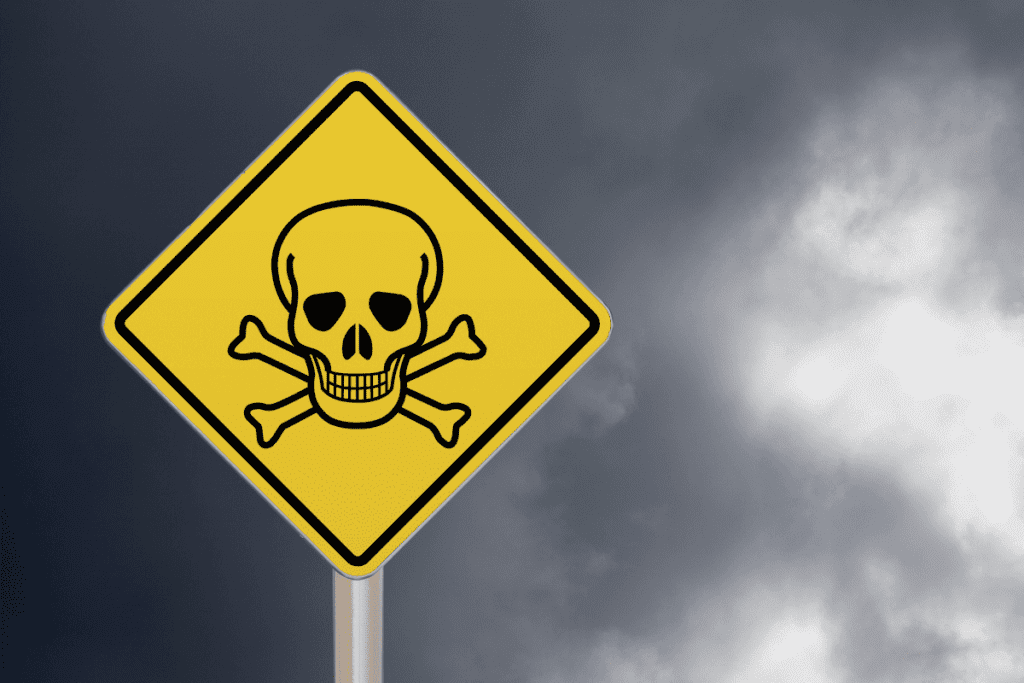Car seats and cribs should provide safety for babies, not endanger their development and intelligence. But toxic flame retardants that continue to be used in upholstered furniture and baby products (including couches, strollers, and gliding chairs) do just that, according to a new new study by Duke University researchers. The study adds to the body of evidence that infants and young children are at risk of developing severe health problems across their lifetime from cumulative exposures to endocrine-disrupting (or hormone-disrupting) chemicals like flame retardants.
Researchers detected concerning levels of harmful organophosphate flame retardant chemicals in the urine of 43 babies between the ages of 2 and 18 months in North Carolina. Two widely-used types of flame retardants that have been linked to various chronic disease conditions were found 9 out of 10 of the time: tris(1,3-dichloro-2-propyl)phosphate (TDCIPP) and triphenyl phosphate (TPHP).
Especially worrisome: The concentrations of TDCIPP were found to be higher in some babies whose parents used more infant products and in babies who spent time in daycares, pointing to the fact that babies who are exposed to multiple sources are at higher risk. The study also confirmed previous findings that flame retardants are absorbed at much higher rates in children than in adults.
The study points to the much larger problem of widespread flame retardant use in consumer and household products. This includes products where you wouldn’t expect flame retardants, like nail polish. Recently, we published a blog about the use of toxic TPHP as plasticizer in popular nail polish. It’s absorbed through the nail and can even find its way into breast milk.
This is problematic: there is strong evidence that exposure to flame retardants while in the womb or after birth can hamper a child’s intelligence and lower the child’s IQ. And as recent research shows, hormone-mimicking chemicals may have a harmful effect at much lower levels of exposure than previously thought.
Hormone-disrupting chemicals not only impact babies and children and their development. Last month, the Endocrine Society published a report that underscores the link between hormone-disruptors and various types of cancer, diabetes and even obesity.
So what is Canada doing about the threat of flame retardants? Not enough: in 2010, the federal government announced it would ban all polybrominated types of flame retardants, but hasn’t yet implemented any new restrictions. Other types of harmful organophosphate flame retardants remain un-assessed and unregulated. Why the inaction? Flame retardant chemicals are no longer needed and only do more harm than good. That’s why jurisdictions such as California have updated their flammability standards and require transparent disclosure of flame retardants on labels. Many professional fire fighting groups have joined the call to ban these chemicals as toxic fumes involving flame retardants put fire fighters at risk as well. At the same time, a growing number of furniture makers are moving away from these chemicals.
Government action is overdue: we urge the federal government to take swift action to introduce a comprehensive ban on harmful flame retardants that covers all PBDEs (including DecaBDE) and organophosphate types such as TPHP and TDCIPP.
Speak out by signing our petition asking the federal government to overhaul outdated federal chemical regulations.
For resources on how to reduce your exposure to toxic flame retardants and other chemicals, visit our resources page.








